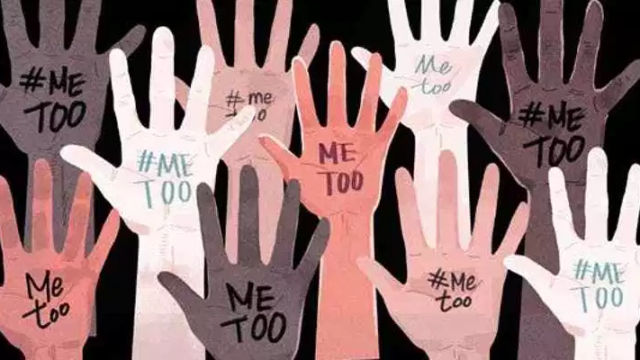This blog post was written by Donna Seymour for our 2018 PowHer The Vote campaign.
Timing, as they say, is everything. #MeToo spread virally in October 2017 as a hashtag used on social media in an attempt to demonstrate the widespread prevalence of sexual assault and harassment, especially in the workplace. The coming mid-term election should be a moment of opportunity for women all across the country as the #MeToo movement heads to the polls.
Women candidates have responded at every level of government, running for office in local, state and national races in unprecedented numbers. At least 105 women, many first-time candidates, are running for legislative office in New York on the Democratic or Republican ticket. They recognize that they are more than 50 percent of the state’s voters, yet hold less than 25 percent of elected seats. Those numbers are too low to reach the critical threshold needed to get our issues on the table.
Many of these women candidates are facing an all too familiar set of challenges in their bid for elected office. As an August New York Times article pointed out, “the abuse already common in many women’s everyday lives can be amplified in political campaigns, especially if the candidate is also a member of a minority group.” For women candidates, the harassment is frequently sexualized, and it has come to the fore this election cycle, partly because so many women are running and partly because more of them are discussing their experiences.
Last year, Wharton School of Business researchers observed that since Donald Trump’s election there had been a marked “increase in men acting more aggressively toward women.” British scholar Mary Beard writes in her book, Women & Power: A Manifesto, women who seek power are viewed as “taking something to which they are not quite entitled.“
We need women’s voices in the corridors of power to finally take seriously the violence that American women face every day. Need proof? More than 20,000 calls are placed to domestic violence hotlines every day nationwide. A recent report identified the 50 policing agencies in New York State that reported the highest rates of domestic abuse victims in 2017. Those 50 communities include rural, suburban and urban places all across our state.
Violent crimes against women are often under-reported to police for exactly the reasons we saw play out on the national stage in the recent Supreme Court nomination hearings. The down-stream consequences for the privileged and the powerless victim alike of failing to report can echo just as long as for those who find the courage to report and are not believed.
The consequences of sexual assault fall overwhelmingly on the victims. About 0.7 percent of rapes and attempted rapes end with a felony conviction for the perpetrator, according to an estimate based on the best of the imperfect measures available. On the other side of the incident, at least 89 percent of victims report some level of distress, including high rates of physical injury, post-traumatic stress disorder, depression, anxiety and substance abuse. There has been much wringing of hands about the damage done to American men by accusations of sexual assault, but any fretting on behalf of those accused of assault should take into account research that shows that millions of victims of sexual assault have paid a serious, measurable price, physically and mentally.
The American Psychological Association says that the majority of U.S. workplaces still aren’t taking steps to address sexual harassment the #MeToo stories brought to light. In 2016, the US Equal Employment Opportunity Commission released a comprehensive study of workplace harassment in the United States, which concluded that “anywhere from 25% to 85% of women report having experienced sexual harassment in the workplace.” The EEOC cited a 2003 study found that 75% of employees who spoke out against workplace mistreatment faced some form of retaliation.
There are signs of positive change here in New York, but we need the state legislature to take up these issues in a comprehensive way to end violence against women in the home, in school and the workplace. It is not enough to pass a law. A law without a regulatory framework, a safe reporting mechanism, and meaningful penalties will not accomplish the change we need to make New York a safe place for all its citizenry.
Earlier this year Mayor Bill de Blasio signed in New York City a paid “safe” leave bill, expanding the city’s paid sick leave law to allow workers to use their time off to address safety and get services connected with certain criminal offenses. The law covers leave for uses like filing a police report, attending a court appearance, meeting with a civil legal attorney and seeing a social worker. That is a good start, but it does not cover everyone who needs those protections who lives outside of NYC or are not city workers.
These are issues on the minds of New York voters. A Sienna poll last January found that 74 percent of voters believe workplace sexual harassment is at least a somewhat significant problem, while 36 percent say they’re aware of harassment somewhere they’ve worked. Ask your candidates for state office what they plan to do to make New York a safer place.


